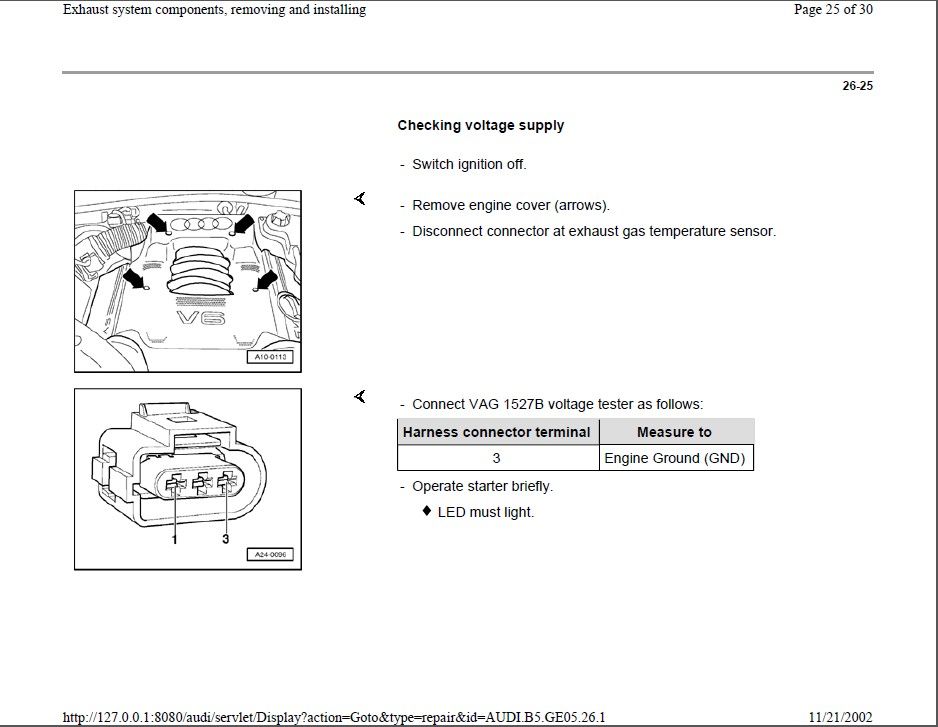I think I may have come up with something that could be really cool. So I am going to be running E85 in my car eventually (likely within the next month), and I was thinking about how to possibly make an automatic map changer based on the ethanol content.
The ethanol sensor (hereafter referred to as ES) used on the factory cars outputs a PWM signal that tells how much ethanol content the fuel has and the fuel temperature. The frequency indicates ethanol percentage, such that 50hz=0% ethanol, 150hz=100% Ethanol, and +1hz=+1% eth. The pulse width determines fuel temp such that 1 millisecond = -40*F and 5 milliseconds = 257*F. Both are linear.
So I was thinking about how I could get a PWM input into the ME7 ECU, and I remembered that the EGT's deal with PWM, and the duty cycle of the EGT is what determines the temperature reading. So looking back at GGATS in the FR (pg 381) the initial inputs from the EGT sensors seem to be
TCCHATS_W - A High time exhaust gas temperature sensor from CC unit (or the pulse width)
TCCPATS_W - A Period exhaust temperature sensor bank 2 of CC unit
This got me wondering if the circuity in the plastic EGT box at the connector figures out the pulse width and period, and outputs those via two separate wires, or if the PWM signal goes straight to the ECU and the ECU figures out the pulse width and period itself, and assigns those values to tcchats and tccpats. Anyone know where the calculation of the pulse width and period take place? The EGT sensor has 3 wires connecting it (see pic below). Pin 3 is ground, does anyone know off the top of their head what the other two wires are (I have yet to look at the wiring schematic)? If we know that one of the other two is a power wire, then we know that the odd-man-out is the PWM signal to tap into.

If we get TCCPATS_W reading in the value from the ethanol content sensor, we could possibly write a routine similar to the map switching method used in the other thread, but instead of switching the map via the cruise-control stalk (or whatever), it is decided by a variable that is dependent on the PWM frequency from the ethanol sensor. We could make a map that is setup something like, frequency 0-110 hz (which is 60% ethanol), use map 1, 110-130 hz (80%) use map 2, 130-150hz, use map 3. And with it set up like this, TCCHATS is a variable that one can log to log the fuel temperature.
Thoughts?